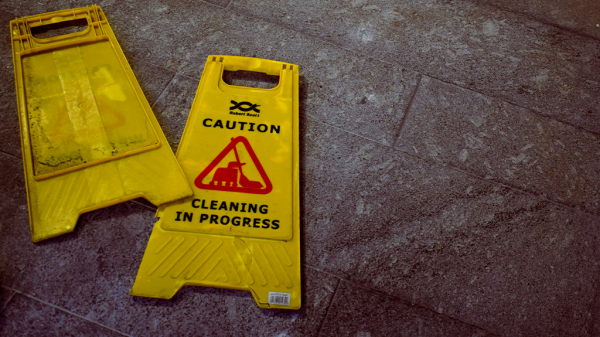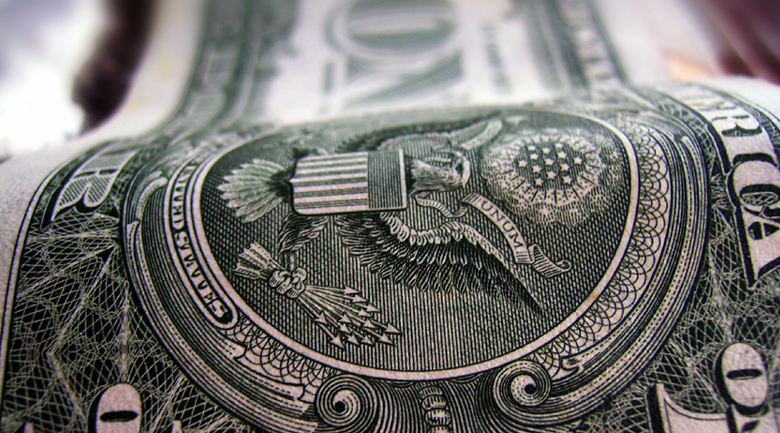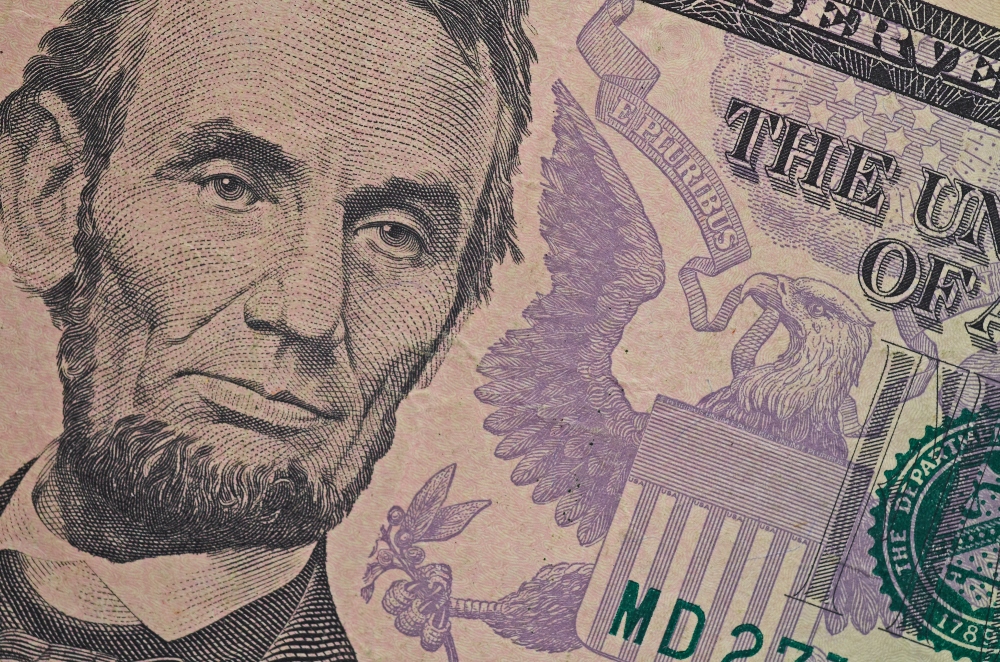If you’re anything like me, then you don’t like to spend money you don’t actually have. I didn’t have a credit card until I was 28 years old. I moved to another country on cash alone. My wife and I bought our first car with cash. We thought this made us responsible. The credit reporting bureaus and financial institutions disagreed.
To our surprise, you’re not considered a “responsible American” unless you’re in a constant cycle of borrowing money from banks through credit cards and loans.
We’re not the only ones who think this system needs improvement. A growing number of millennials have eschewed traditional credit cards and loans for various reasons, and this has left these otherwise responsible Americans out in the lurch regarding their credit scores.
We’ve all heard the adage “bad credit is better than no credit,” but really take a moment to think about how silly that is. In this day and age, having a history of borrowing money from the banks and not paying it back on time is somehow better than paying for everything yourself without help from bank loans, credit card companies, or government programs.
According to the Fair Issac Corp. (issuer of FICO scores), about 7 million consumers have too-low scores (in the high 500s or low 600s) to be considered safe bets for lending. Fortunately, baby steps towards credit reform is on the horizon, in the form of UltraFICO scores.
Next summer, customers unsatisfied with their standard FICO score will be allowed to apply for an UltraFICO score.
The difference between the two is that while a normal FICO score is based off of credit history, an UltraFICO score takes standard everyday bank account history into consideration. Your current checking balance, length of checking history, transaction frequency, and overdraw history will all be a vital part of your UltraFICO score.
The UltraFICO increases the chance of loan approval to millions of Americans that might otherwise be denied, and that has a lot of people happy — including lenders themselves, and the many companies with big ticket items that typically rely on consumers that finance their products (furniture, jewelry, cars, etc. not just housing).
Let’s not kid ourselves here, this isn’t a charity program. The UltraFICO exists to widen the possible customer base for loans as an entire generation opts out carrying debt. The more people approved for loans, the more money credit issuers stand to gain. This is a calculated business move, but it could possibly benefit all parties regardless.
That’s not to say there aren’t pitfalls here. On a macro scale, American consumers already hold $1 trillion worth of credit card debt, and loosening loan requirements could very well cause this debt to balloon even further.
On a micro scale, opting in for an UltraFICO score means handing over sensitive personal data of your banking history over to third parties, which is something we should all be wary of doing.
It’s not a new concept, in fact in 2011, a major data company launched an alternative credit score to include reporting on your phone bills, cable bills, and so forth, to open lending (some mortgage lenders do use this alternative score in their practices).
It’s not just of interest for companies with big ticket items, but for small businesses and freelancers that don’t rely on credit cards, which could open new lines of credit as they build their companies.
Depending on your views, this program either lowers the limits for acceptable loan applicants and puts our economy at risk, or merely broadens our definition of personal fiscal responsibility. As I’m solidly in the second camp, I’m excited to see what these new changes can bring to the table in 2019.
James M Lane, AINS was born into this world without his consent an ornery 60 year old man with a full beard. He has worked in the insurance industry for the last half decade, and was a foreign language preschool teacher for years before that. He writes horror in his spare time. Follow him on Instagram for deliberations on pro wrestling and beards.









































